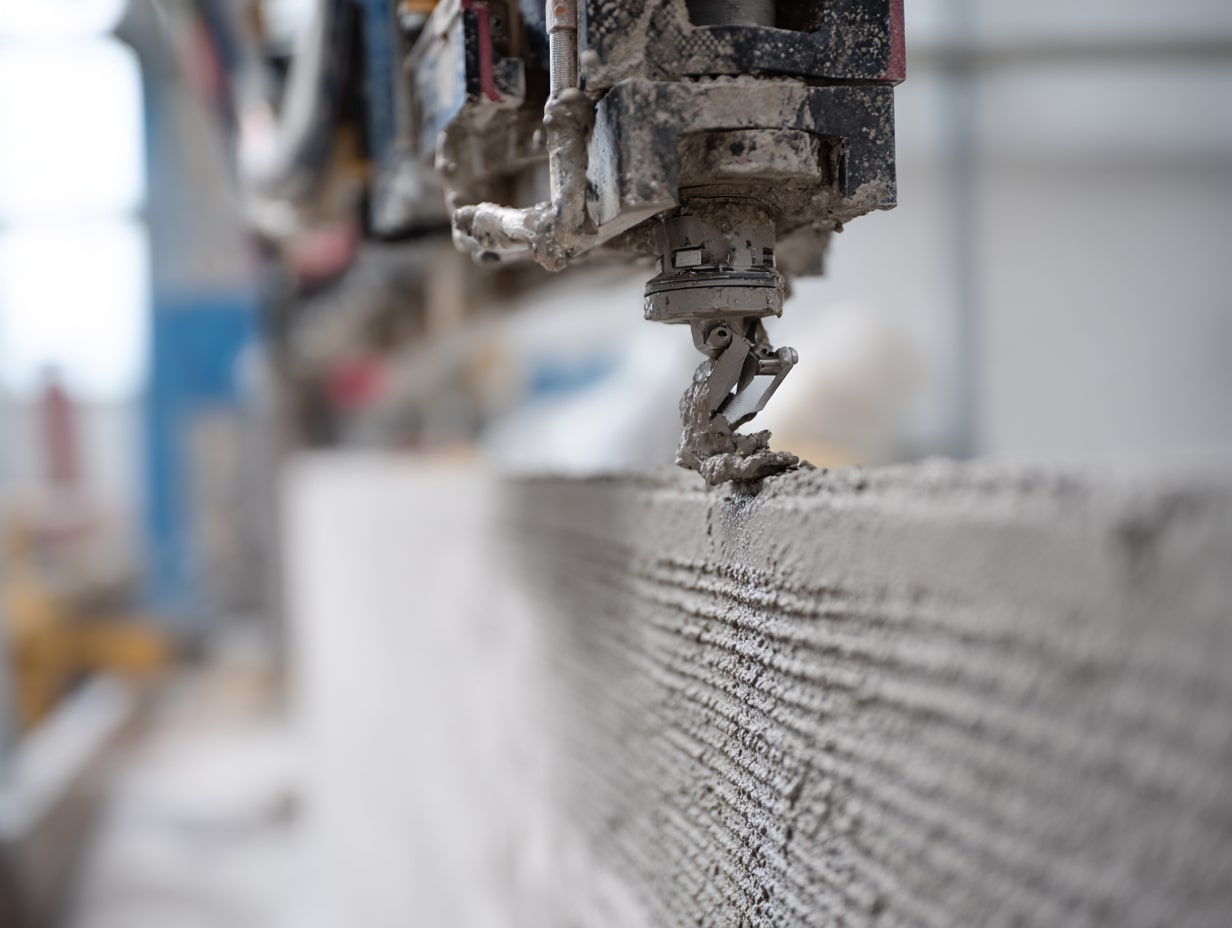- Home
- Articles
- Architectural Portfolio
- Architectral Presentation
- Inspirational Stories
- Architecture News
- Visualization
- BIM Industry
- Facade Design
- Parametric Design
- Career
- Landscape Architecture
- Construction
- Artificial Intelligence
- Sketching
- Design Softwares
- Diagrams
- Writing
- Architectural Tips
- Sustainability
- Courses
- Concept
- Technology
- History & Heritage
- Future of Architecture
- Guides & How-To
- Art & Culture
- Projects
- Interior Design
- Competitions
- Jobs
- Store
- Tools
- More
- Home
- Articles
- Architectural Portfolio
- Architectral Presentation
- Inspirational Stories
- Architecture News
- Visualization
- BIM Industry
- Facade Design
- Parametric Design
- Career
- Landscape Architecture
- Construction
- Artificial Intelligence
- Sketching
- Design Softwares
- Diagrams
- Writing
- Architectural Tips
- Sustainability
- Courses
- Concept
- Technology
- History & Heritage
- Future of Architecture
- Guides & How-To
- Art & Culture
- Projects
- Interior Design
- Competitions
- Jobs
- Store
- Tools
- More
5 Tips How to Install Durable Replacement Windows for Long-Lasting Performance

Windows make a big difference in how a home looks and feels. Choosing the right options can help save money on energy bills and keep the home comfortable all year.
Learning how to install durable replacement windows is a smart way to protect your investment and enjoy peace of mind for years to come. Homeowners looking for durable replacement windows can get quality results by following key steps and tips during installation.
Table of Contents
ToggleAccurately measure the rough opening, guaranteeing it is plumb, level, and square
Before installing a replacement window, someone should measure the rough opening’s width and height. This means checking the space between the studs on each side and from the top to the bottom stud. Measurements should be taken in several spots, then the smallest number should be used.
To get the best fit, it is important to make sure the frame is plumb, level, and square. A simple carpenter’s level helps check if the sides and bottom are straight. Measuring both diagonals of the opening helps confirm that the corners form right angles.
If the opening is not straight or square, it may lead to gaps, drafts, or trouble opening and closing the window. Double-checking each measurement helps prevent problems later during installation. Taking the time now keeps the process smooth and stress-free.

Carefully remove old windows to avoid damaging frames and surrounding walls
When starting window replacement, it is important to keep the surrounding wall and frame in good condition. Before removal, a careful inspection can help spot signs of water damage or decay. Fixing any problems early will make the project smoother.
To remove the old window, the area should be cleared of any objects or furniture. Using the right tools, such as a pry bar, helps loosen the panes and frames without too much force. People should avoid twisting or bending the sashes, which can crack the glass.
The stops, or narrow strips that hold the window in place, need to be gently removed first. It is best to go slowly and check each step to prevent accidental damage. Taking time during this part helps keep the frames and nearby walls safe for the new window.
Use flashing tape around window edges to create an effective water-resistant seal
Flashing tape is used to keep water from getting behind the window. It sticks to the edges around the window frame and blocks moisture from coming inside. This helps prevent water damage to the walls.
Before adding flashing tape, the surface should be clean and dry. The tape is pressed firmly along the bottom edge first, then up the sides and over the top edge. Each piece should overlap to stop water from sneaking through gaps.
Applying the tape in this way helps seal the space where the window meets the wall. It keeps the window area dry during rain and protects the indoor space. Taking time to apply flashing tape carefully makes a big difference in how long the window lasts.
Dry-fit the new window before final installation to verify proper fit
Before putting in the new window, place it gently into the opening to check how it sits. This step helps spot any tight spots or gaps early.

If the window is not level or does not fit snugly, it may need to be adjusted. Sometimes, small changes with shims can make the window sit better.
When the window fits well on all sides, it will be easier to seal and finish later. This simple step can help prevent drafts or leaks after installation.
Taking the time to dry-fit also makes it easier to handle the next steps. It can help avoid possible problems that could show up after the window is put in place.
Apply high-quality insulation and sealant to prevent air leaks and improve energy efficiency
Using the right insulation and sealant around new windows helps stop drafts and keeps indoor temperatures steady. Start by filling gaps or cracks with caulk. Use a caulk that is made for windows. Press it into any small spaces where air might come in or go out.
Weatherstripping is another simple way to block air leaks. It fits along the edges where the window closes. Make sure the foam or rubber strips form a tight barrier, but do not make it hard to close the window.
Spray foam insulation can fill larger gaps around window frames. Spray it evenly and trim off any extra once it dries. Always read the instructions on the product before using it. Taking these steps helps lower energy bills and keeps the home more comfortable in both summer and winter.
Conclusion
Replacing windows can make a big difference in a home’s comfort and look. Taking measurements, picking windows that fit well, and using proper sealing help prevent leaks and drafts. Thoughtful choices in quality and style help windows last longer.
A well-planned window replacement can also help lower energy bills. Following the tips can help homeowners get the best outcome from their window projects.
illustrarch is your daily dose of architecture. Leading community designed for all lovers of illustration and #drawing.
Submit your architectural projects
Follow these steps for submission your project. Submission FormLatest Posts
3D Printed Homes: Time, Cost, and What to Expect
3D printed homes explained: realistic timelines (24–72h walls, 8–16 weeks total), true...
How a Contact Centre Boosts Trust in Your Building Business
In construction, trust is the glue that holds projects together. Clients need...
How Real Time Parcel Geolocation Is Redefining Last Mile Efficiency for Modern Businesses
Last mile delivery has become the most critical point in the customer...
How Can Small Spaces Stay Stylish and Relaxing?
In today’s fast-paced urban lifestyle, small living spaces are becoming increasingly common....












Leave a comment